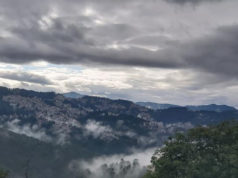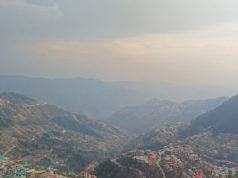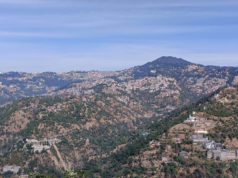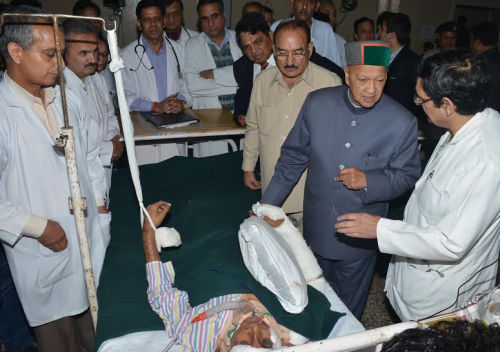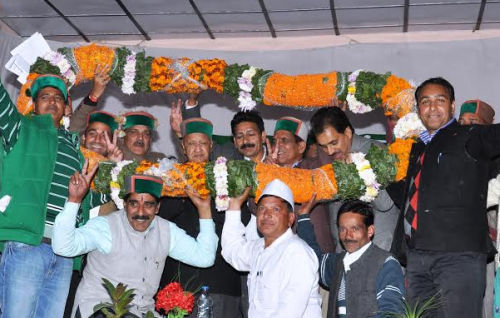Shimla – In a rare meteorological occurrence, Himachal Pradesh has witnessed its driest January in 17 years, with a staggering 93 percent less cloud cover than the historical average for the month. According to the MeT Department, the state typically experiences 85.3 mm of rainfall during January, but this year, a mere 6.2 mm was recorded.
This unprecedented weather phenomenon has not been witnessed since January 2007 when the state faced a rainfall deficit of 98.5 percent. However, this year’s figures mark a historic low, with a six percent reduction in the difference between Tuesday night and Wednesday morning rainfall.
The worst-hit districts include Sirmaur, which saw a complete absence of cloud cover, and Solan-Una, Bilaspur-Kangra, Hamirpur, Chamba, Kinnaur, Kullu, Lahaul-Spiti, Mandi, and Shimla, each recording rainfall deficits ranging from 89 to 100 percent below normal.
The MeT Department has noted that if Tuesday and Wednesday had remained rain-free, Himachal Pradesh would have experienced its driest January in 124 years. The total rainfall deficit in the state, till the evening of January 30, stood at an alarming 99 percent below the normal average.
The implications of this extreme weather event were poised to impact agriculture, particularly apple and wheat crops, as well as pose challenges to the tourism industry. However, a sudden turn of events has brought relief to the drought-stricken region.
After two and a half months of arid conditions, the state is finally experiencing a period of rain and snowfall, rejuvenating crops and bringing hope to farmers. The revival of these crucial weather patterns is expected to breathe life back into apple orchards, stone fruit groves, wheat fields, and mustard crops.
Moreover, the tourism sector is anticipated to benefit from the fresh snowfall, creating a picturesque landscape that is likely to attract visitors from far and wide. The transformation from drought to precipitation has come as a welcome relief to the people of Himachal Pradesh, offering a positive outlook for both agricultural prosperity and the state’s vibrant tourism industry.





